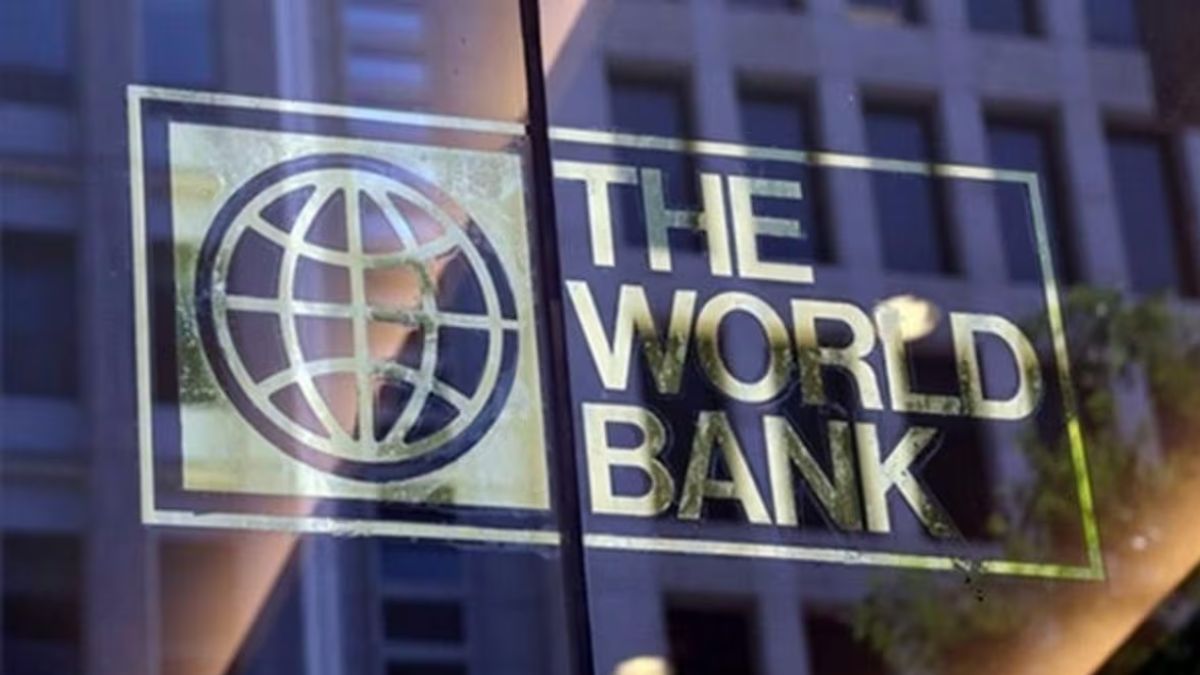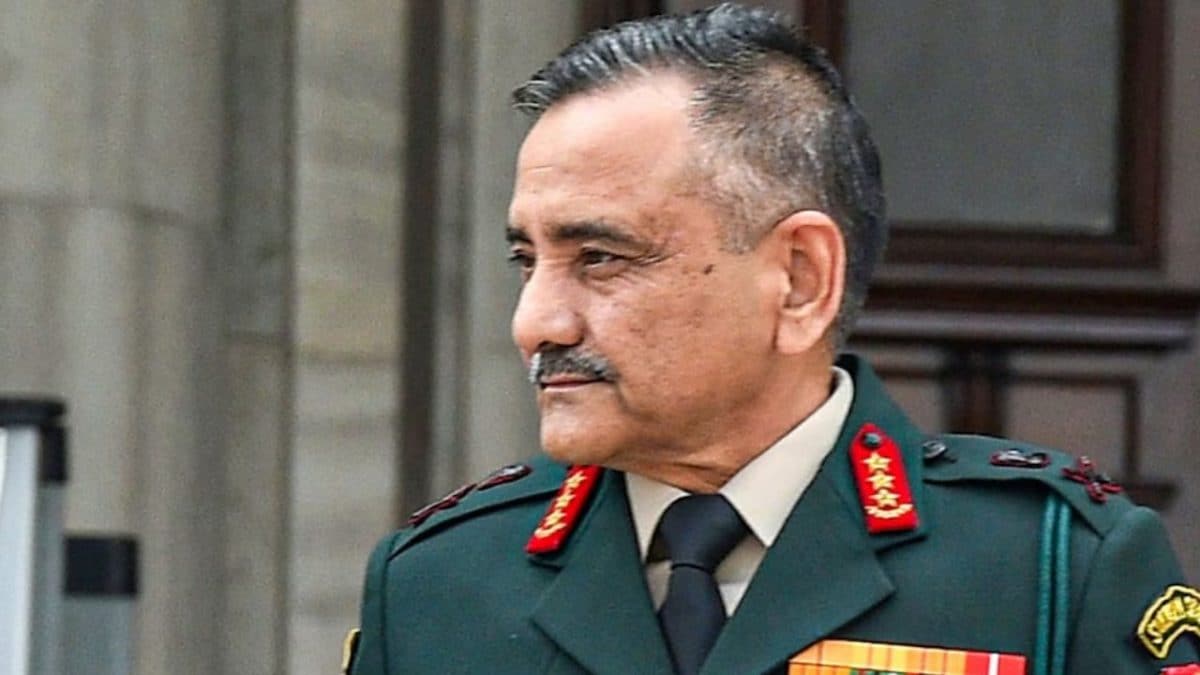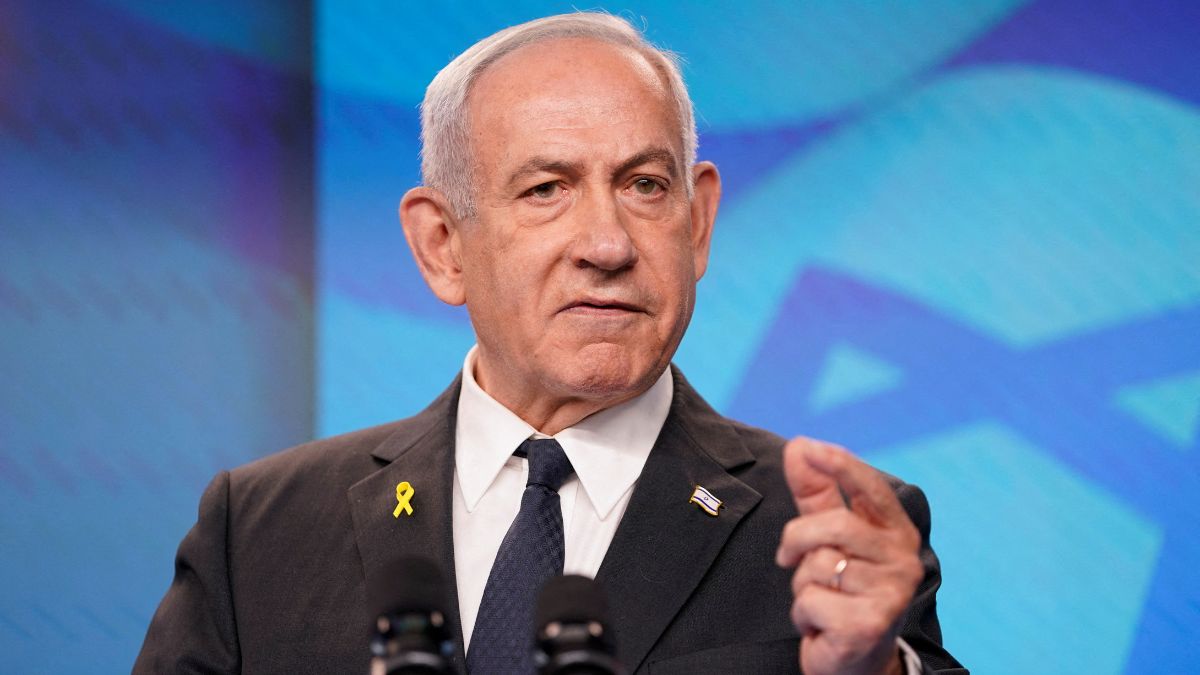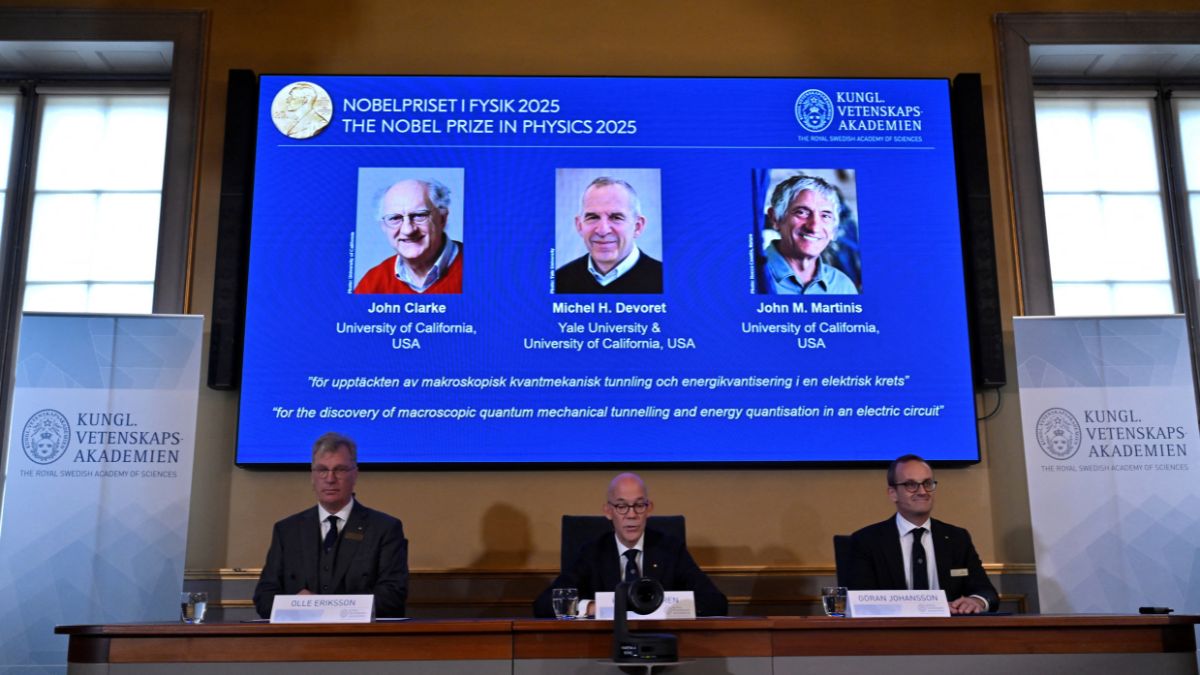The World Bank on Tuesday revised India’s economic growth forecast upward to 6.5 per cent for FY26 from its earlier estimate of 6.3 per cent made in June.
The upgrade reflects resilient domestic demand, a strong rural recovery and the positive effects of tax reforms, according to a statement released on October 7.
However, the multilateral institution cautioned that growth in the following year may face challenges due to the impact of Trump’s tariffs on exports.
India remains world’s fastest-growing major economy
“India is expected to remain the world’s fastest-growing major economy, underpinned by continued strength in consumption growth,” the World Bank stated in its South Asia Development update.
The report highlighted that better-than-expected agricultural output and rising rural wages have bolstered domestic conditions.
Moreover, Goods and Services Tax (GST) reforms—including fewer tax brackets and simplified compliance—are expected to further support economic activity.
Consumption and investment drive momentum
The World Bank’s optimism follows stronger-than-expected performance in the first half of FY26, with real GDP growth hitting 7.8 per cent in Q1FY26, the fastest pace in five quarters.
“Investment growth remains robust, supported by public infrastructure projects, strong credit growth, and loosening monetary policy,” the report noted.
Rural wage gains have compensated for the moderation in urban consumption, reflected in weaker car sales and personal credit trends. Meanwhile, industrial production and imports have largely maintained their strong momentum. The Reserve Bank of India (RBI), in its latest assessment, projected around 7 per cent growth for Q2FY26.
Tariffs to weigh on FY27 growth
While the near-term outlook remains positive, the World Bank trimmed its FY27 forecast to 6.3 per cent from 6.5 per cent earlier, warning that higher U.S. tariffs could pose a drag on exports.
“India had been expected to face lower US tariffs than its competitors in April, but as of the end of August it faces considerably higher tariffs,” the report said.
Impact Shorts
More ShortsNearly one-fifth of India’s goods exports—equivalent to about 2 per cent of GDP—went to the United States in 2024, making the economy vulnerable to trade headwinds.
Policy support to continue
Economists believe that recent GST cuts and income tax relief measures will sustain household spending, reinforcing the recovery in consumption-driven sectors during the festive season.
The World Bank’s revision adds to a series of upward growth estimates from the RBI, S&P and OECD highlighting confidence that domestic demand will cushion India against global economic uncertainties.
The Reserve Bank of India last week also raised its projection for India’s FY26 growth to 6.8 per cent from 6.5 per cent earlier, aligning with the broader optimism surrounding the country’s economic outlook.


)

)
)
)
)
)
)
)
)



